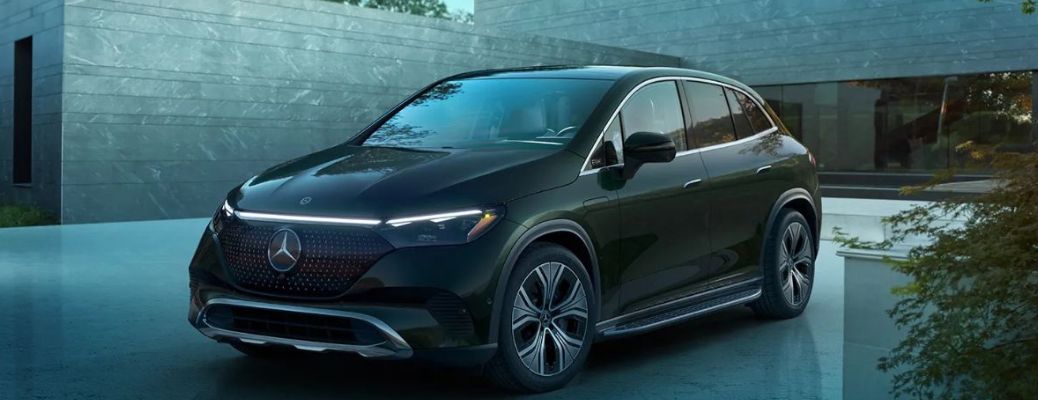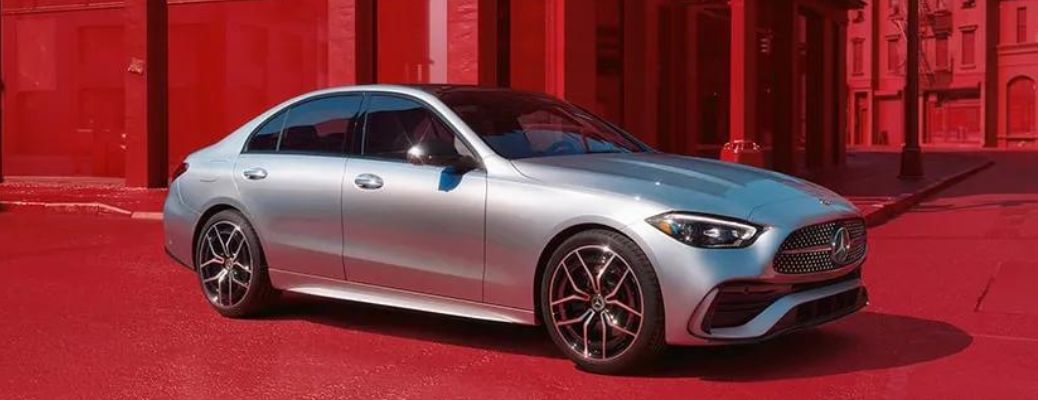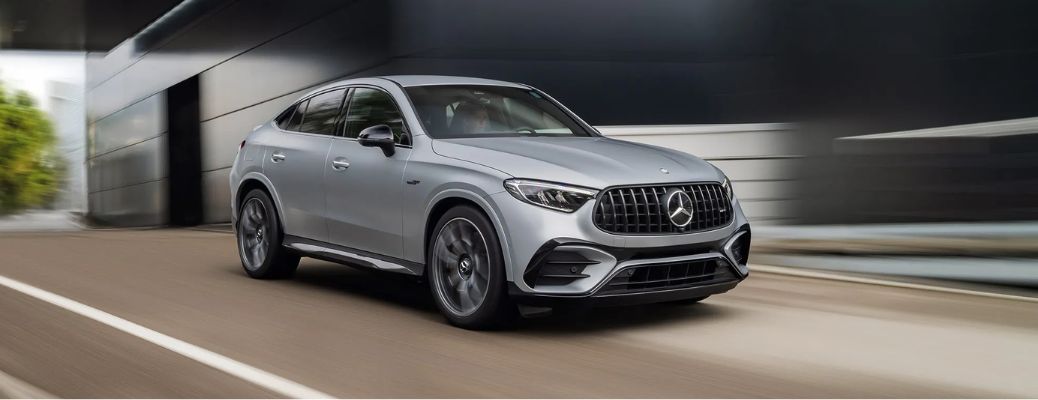Why is Mercedes-Benz switching from 12 to 48 volts?
Mercedes-Benz is always at the forefront of vehicle innovation. When the 6-volt battery came into play in the 1920s, Mercedes-Benz was there. When the sealed battery was invented in the 1970s, Mercedes-Benz was on top of it. Because of this, we know we can trust the company, but why is Mercedes-Benz switching from 12 to 48 volts?
How long does the average car starter last?
Hybrid Application
The 12-volt battery has been the standard in passenger vehicles for many decades. It works well for keeping your headlights on and starting your car, but it isn’t enough to physically move your car. Because of this, modern electric vehicles use extremely powerful batteries that range from 200 to 300 volts, such as the one pictured below.
Benefits
By using a 48-volt electrical system in new Mercedes-Benz vehicles, the car can be powered solely on the electrical system battery instead of using the drivetrain batteries. In fact, these drivetrain batteries can be removed altogether, making the vehicle safer overall because there aren’t dangerous amounts of electricity traveling through the car. You’ll still need oil changes, though!
Drawbacks
Like most things, there are drawbacks to switching to 48-volt electrical systems. They will be cheaper than the electric cars of current day, but they will be more expensive than 12-volt hybrid vehicles that we are used to. This will likely change over time as this type of powertrain becomes more popular, but for now expect a 25 to 50 percent markup. Secondly, you won’t be able to get a jump from a 12-volt passerby because it simply won’t be enough power. This isn’t as concerning as it might have been 15 years ago because cars rarely die, but it does still happen. If you have any questions about why Mercedes-Benz is switching from 12-volt systems to 48-volt Frankensteins, leave a comment below!






